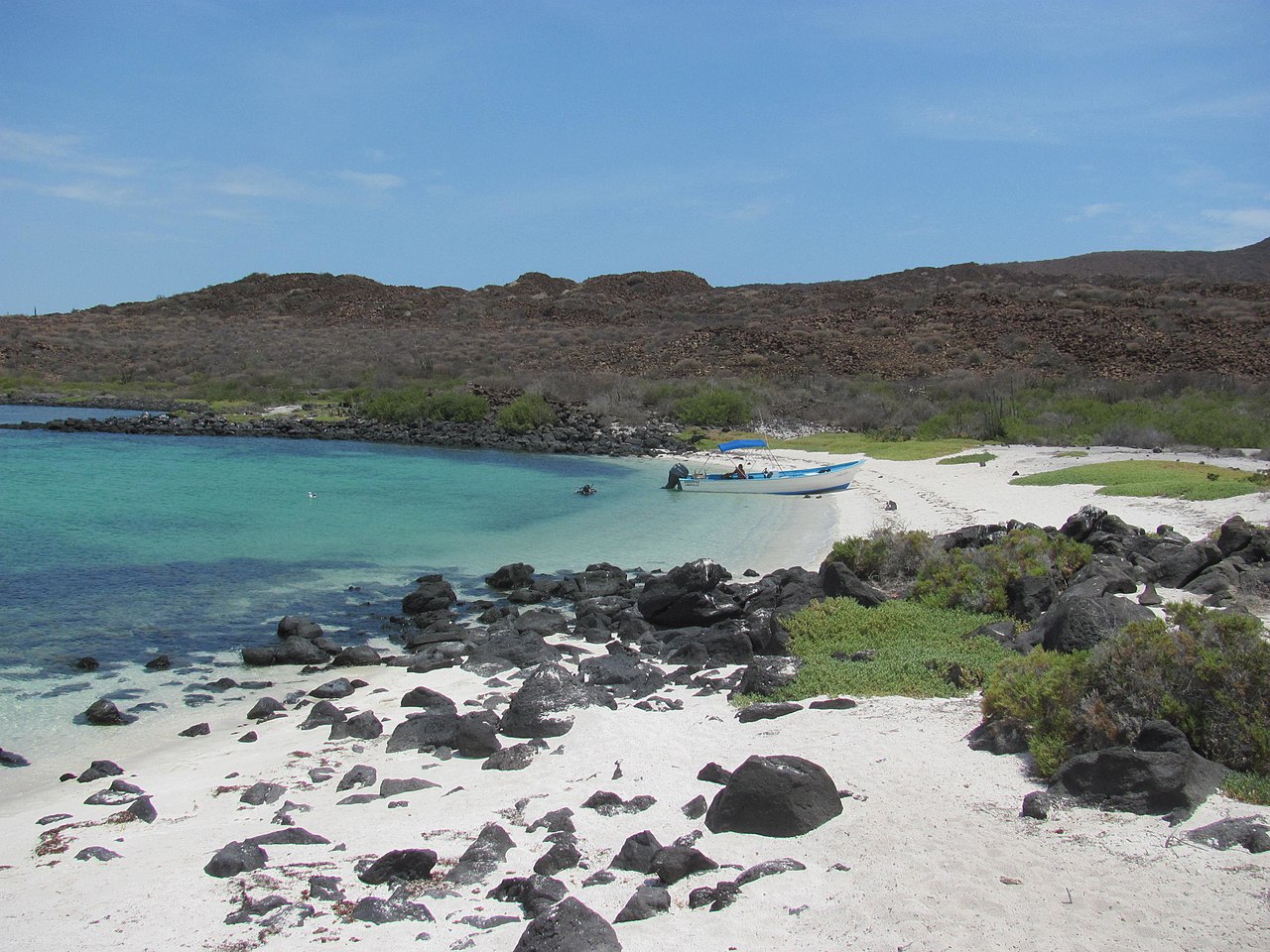Thanks for the likes, Angelo, Jale and Luis. And for the post, Pete. I too have always opted to keep mask exhaust valves sealed for the same reasons.
Now for the Nemrod Oporto mask, named after the city of Porto or Oporto above, the second-largest city in Portugal, the capital of the Porto District, and one of the Iberian Peninsula's major urban areas.
Here is the Oporto mask in
1961:
Spanish: "
PS/2172.-La máscara ideal para turismo u pesca submarina. Provista de válvula expulsora, de gran capacidad, situada en la parte exterior, permite aspirar por la boco y espirar por la nariz simultáneamente. Montada con cristal inastillable de doble lámino y aro metálico de gran seguridad forma U".
Rough translation: "
PS/2172.-The ideal mask for tourism or underwater fishing. Provided with a large-capacity drain valve, located on the outside, it enables the user to breathe in through the mouth and breathe out through the nose simultaneously. Fitted with double-layer shatterproof glass lens and U-shaped high-security metal rim.
So a traditional oval mask fitted with a heavy-duty metal rim, a shatterproof flass lens, a split strap and an exhaust valve on the front that is often delightfully referenced in Far East trade literature as a "pig-nose" valve. on account of its snout-like appearance.
1962
1963
1965
Facebook's Nemrod Museum distinguishes two versions of the Oporto. Type 1 was marketed bettween
1962 and
1968:
According to the Museum, the Oporto model was actually a modified Bermuda model mask to which a cumbersome valve was added to the bottom of the glass to ease the expulsion of any water that might enter the mask. Note the large screw atop the metal clamp. which was the feature distinguishing the Type 1 from the Type 2. The Oporto type 1 model was only marketed in Spain during the 1962-63 period; it remained in the US market place until 1968.
 Hurricane Argonaute (France: 1957)
Hurricane Argonaute (France: 1957)








